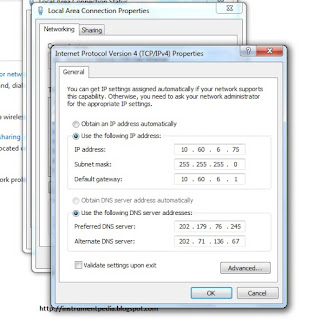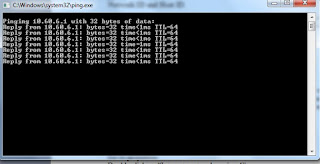How to calibrate Dp level transmitter at field
Material Required
Data sheet
Pressure calibrator (std)
Multimeter (std)
Hart communicator
Step
*Ask panel man to put the controller in manual mode for control loop and to put it on MOS for ESD loop.
*Hook up HART Communicator and verify some parameters by refer to data sheet. Typical parameters are, tag number, PV, LRV and URV.
*Isolate the instrument from the process.
*Release both pressure and drain low and high side liquid throughout manifold drain.
*Open both plug at seal pot
*Top up seal liquid for low side until half of seal pot.
*Remove tubing at high side of manifold
*Hook up pressure calibrator at high side and isolate the vent valve
*Hook up a multimeter in series with the signal to the DCS to measure current signal.
*Apply pressure as per calculation when level equivalent to zero
*Multimeter should show 4mA
*If not, do zero adjustment at transmitter using HART Communicator
*Apply pressure as per calculation when level equivalent to 100%Multimeter should show 20mA
If not, do span adjustment at transmitter using HART Communicator
*After completion of the job ask panel operator to put loops back in normal mode or normalize the MOS
*Fill the calibration form and file it for future reference.
Note:There is many way to perform calibration for DP level but the important thing is the DP reading at HART communicator should same with the LRV and URV
Example calculation:
Product S.G=0.89
Glycol S.G = 1.02
A= 2000mm (measurement length)
B= 100mm (off set)
C=A+B=2100mm
Dp = pressure at high side – pressure at low side
LRV = (B x Product S.G) – (A x Glycol S.G)
= (100mm x 0.89) – (2000 x 1.02)
= 89 – 2040
= -1951 mmH2O
URV = (C x Product S.G) – (A x Glycol S.G)
= (2100mm x 0.89) – (2000 x 1.02)
= 1869 - 2040
= -171 mmH2O
Note:
Calculation for apply pressure at high side manifold transmitter
0% = (B x Product S.G)
= (100mm x 0.89)
= 89 mmH2O
100% = (C x Product S.G)
= (2100mm x 0.89)
= 1869 mmH2O
Related post
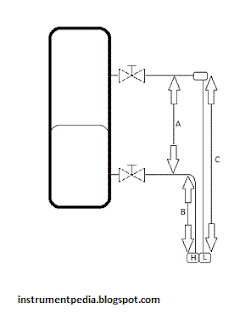
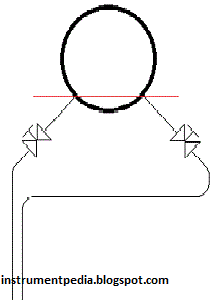
 The FBI has warned hundreds of thousands of people that they could lose their internet connections in July. That is, of course, if they don't take steps to diagnose and disinfect their computers. The problem that these individuals are facing is related to malware known as DNSChanger, which was first discovered in 2007 and has since infected millions of computers around the world.
The FBI has warned hundreds of thousands of people that they could lose their internet connections in July. That is, of course, if they don't take steps to diagnose and disinfect their computers. The problem that these individuals are facing is related to malware known as DNSChanger, which was first discovered in 2007 and has since infected millions of computers around the world. 
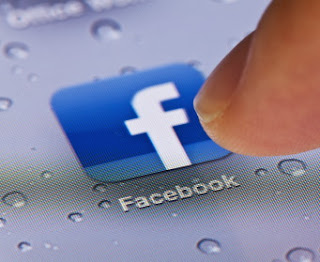 A report surfaced recently about a vulnerability in Facebook that allowed people to access someone else's account. The report initially stated that this vulnerability only affected people on a jailbroken iPhone, however, that doesn't seem to be the case anymore as two new reports are stating that it isn't only jailbroken phones that are at risk.
A report surfaced recently about a vulnerability in Facebook that allowed people to access someone else's account. The report initially stated that this vulnerability only affected people on a jailbroken iPhone, however, that doesn't seem to be the case anymore as two new reports are stating that it isn't only jailbroken phones that are at risk.